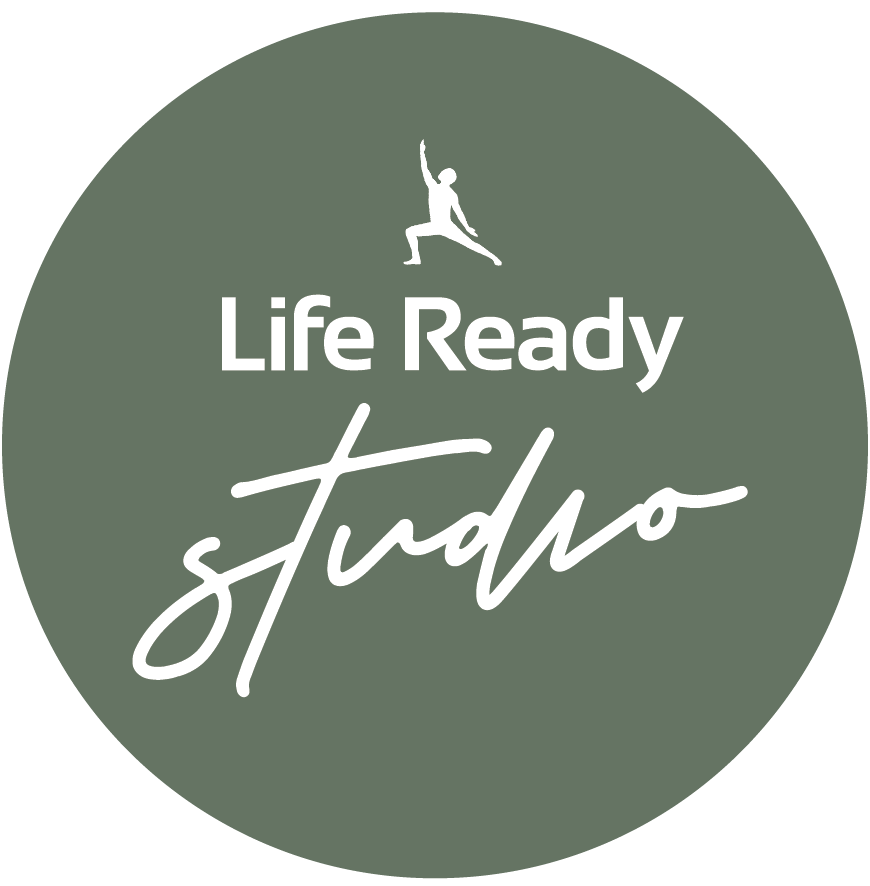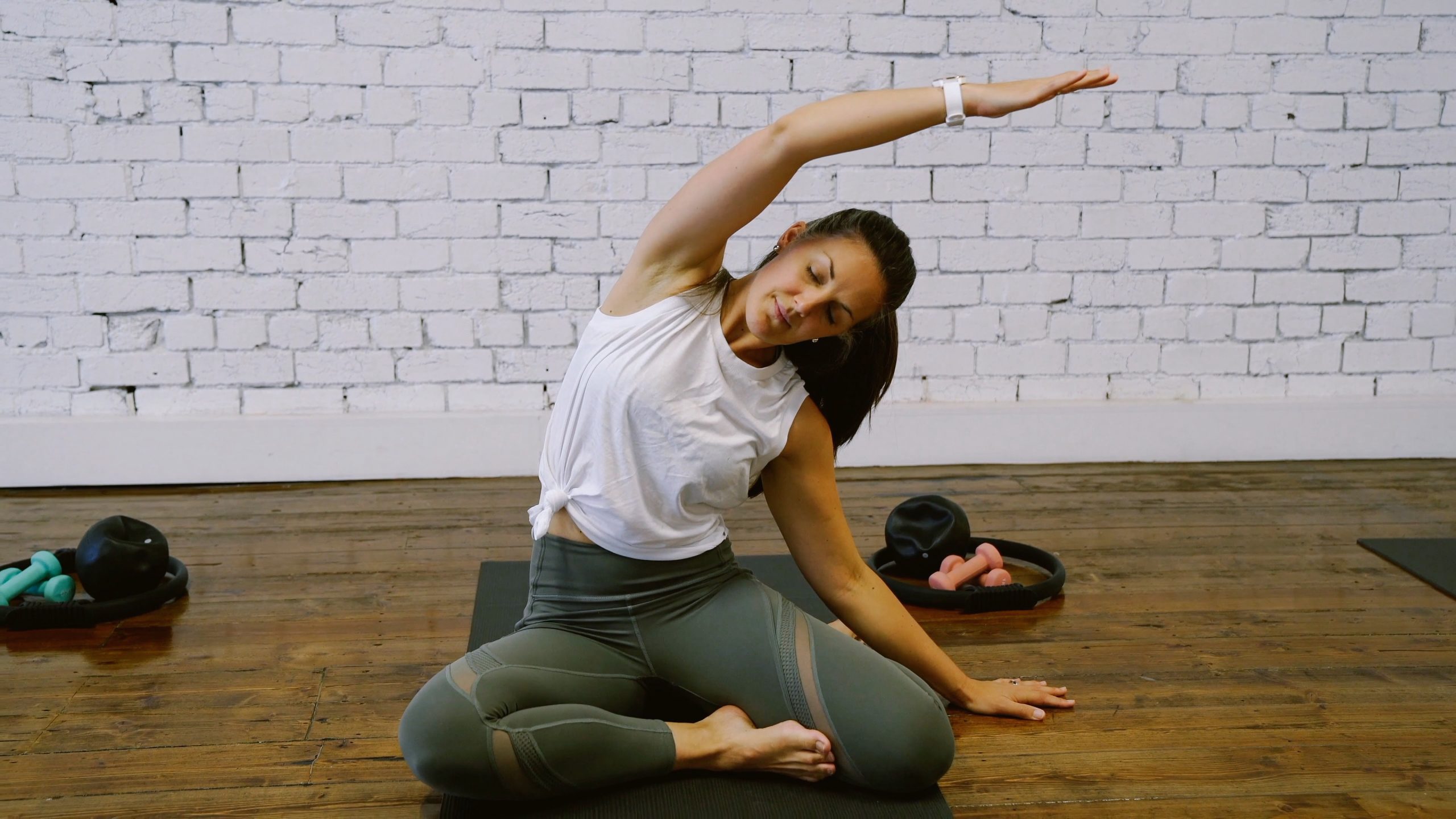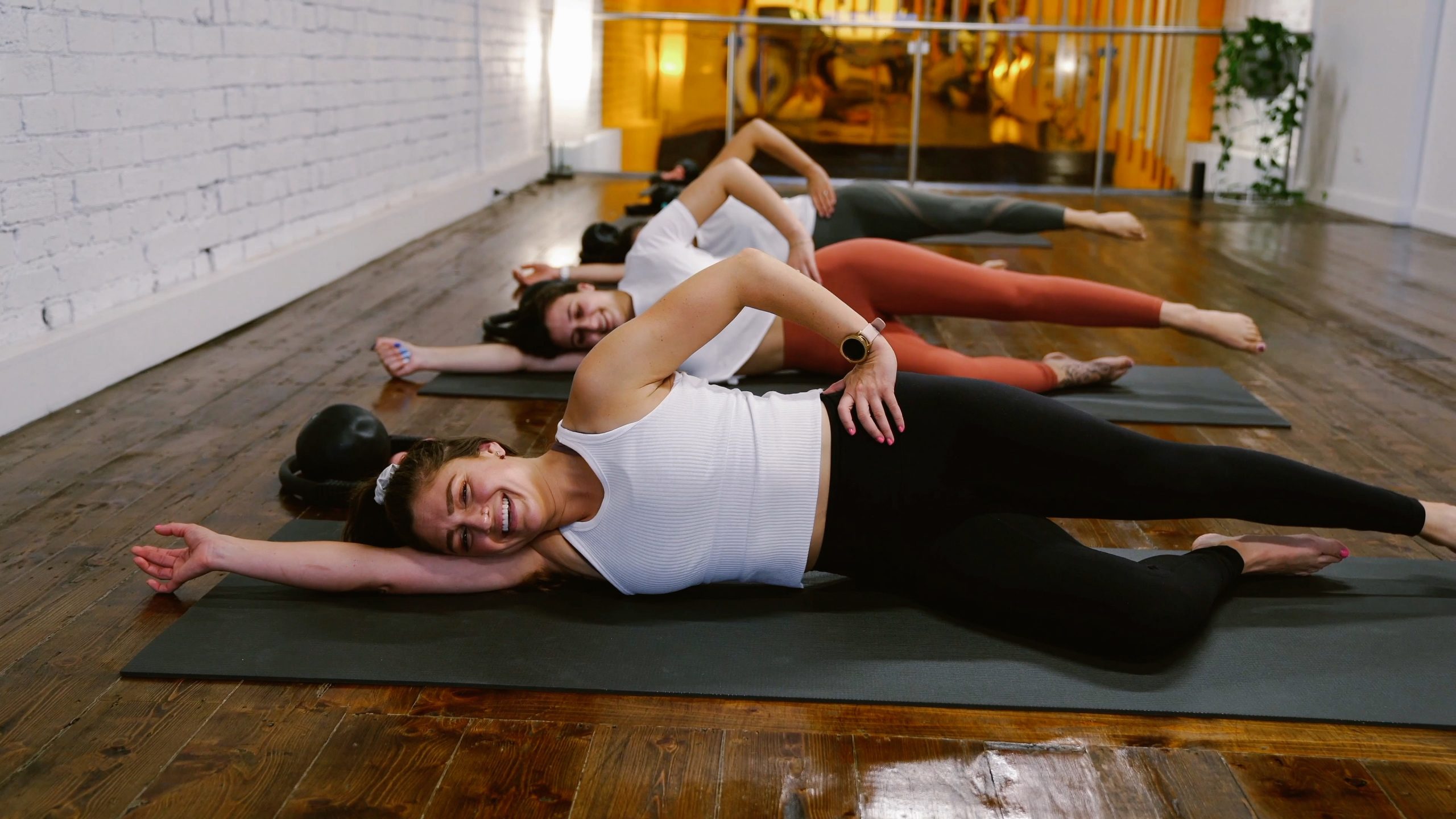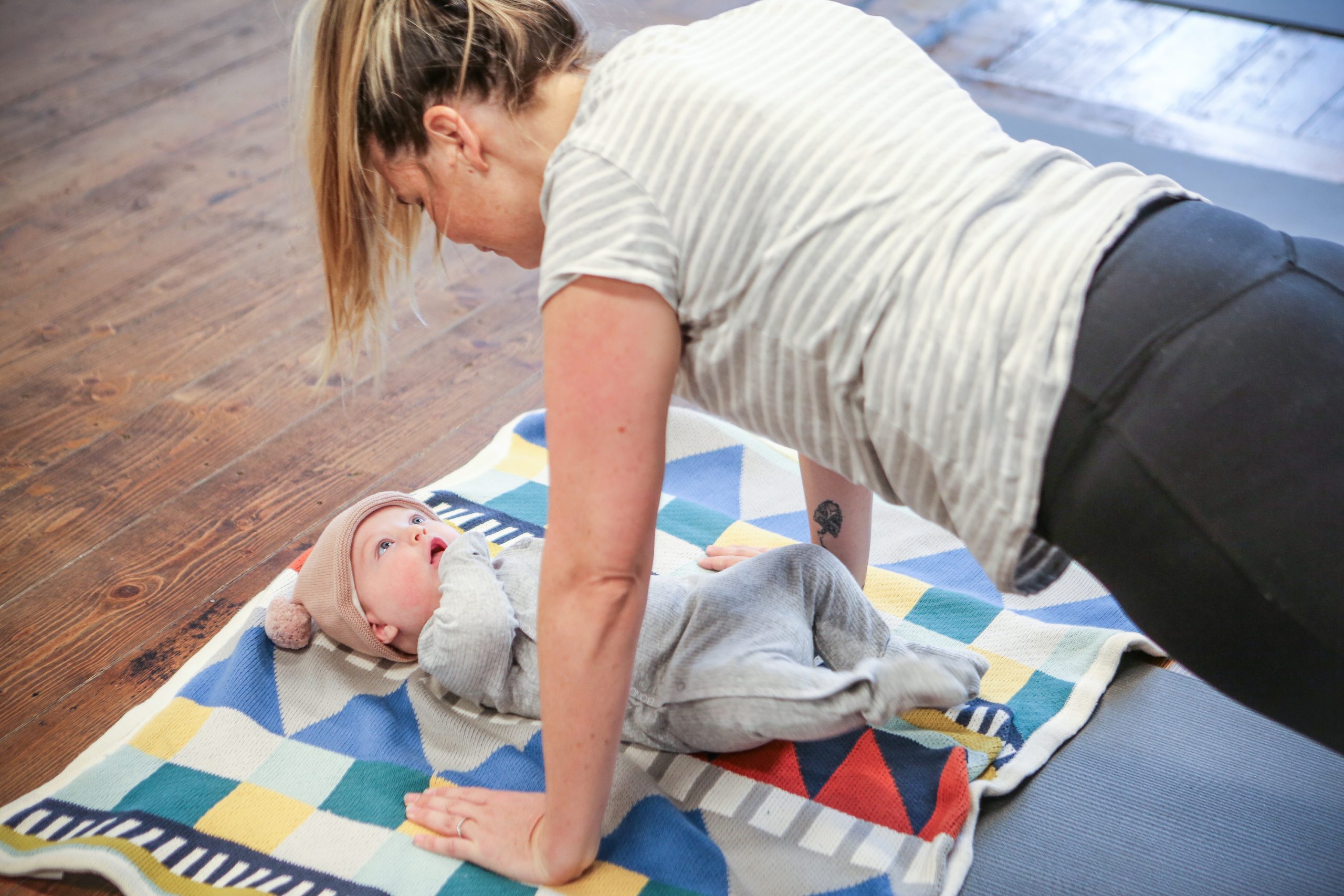Pilates is already our go-to exercise for a clear mind and healthy body – whether it’s ‘Prosecco Pilates’, ’The 10 Best Home Workouts’ or another cool workout you ‘saw on Instagram’. There’s no denying Pilates is fun, works and it’s quickly growing in popularity.
Fitness fads and the latest trends aside, Pilates has been scientifically proven to be an effective and safe tool in reducing back pain and treating the causes of back pain too.
If you’re looking to build your core strength, lose weight, tone up, improve your posture and have a great workout you enjoy – all without straining or compromising your back – Pilates can help you.
Our classes at Life Ready Studio in Melbourne are designed so you don’t need to avoid exercising if you are worried about an existing back injury. We can provide Pilates classes that cater to addressing back pain and ongoing back issues like scoliosis, slipped discs, pulled muscles and other issues. We know how to safely and thoughtfully prescribe exercises to help, whether that’s with rehabilitation from an injury or with ongoing issues. Our experienced Pilates teachers adapt the workouts to suit your body; the positions and sequences strengthen weak areas and simultaneously help release tight spots. A regular Pilates practice under the guidance of an instructor can help rehabilitate and reduce your symptoms.
How long do you need to do Pilates to reduce back pain?
This depends on the results you’re looking for, every body is different. If you’re mainly focused on strengthening your core and reducing back pain, we recommend at least 2 classes a week for 16 weeks. In a separate study, regular practice over 6 to 12 weeks is better for reducing pain in the short term. Obviously, the longer and more consistent the practise, the better the results.
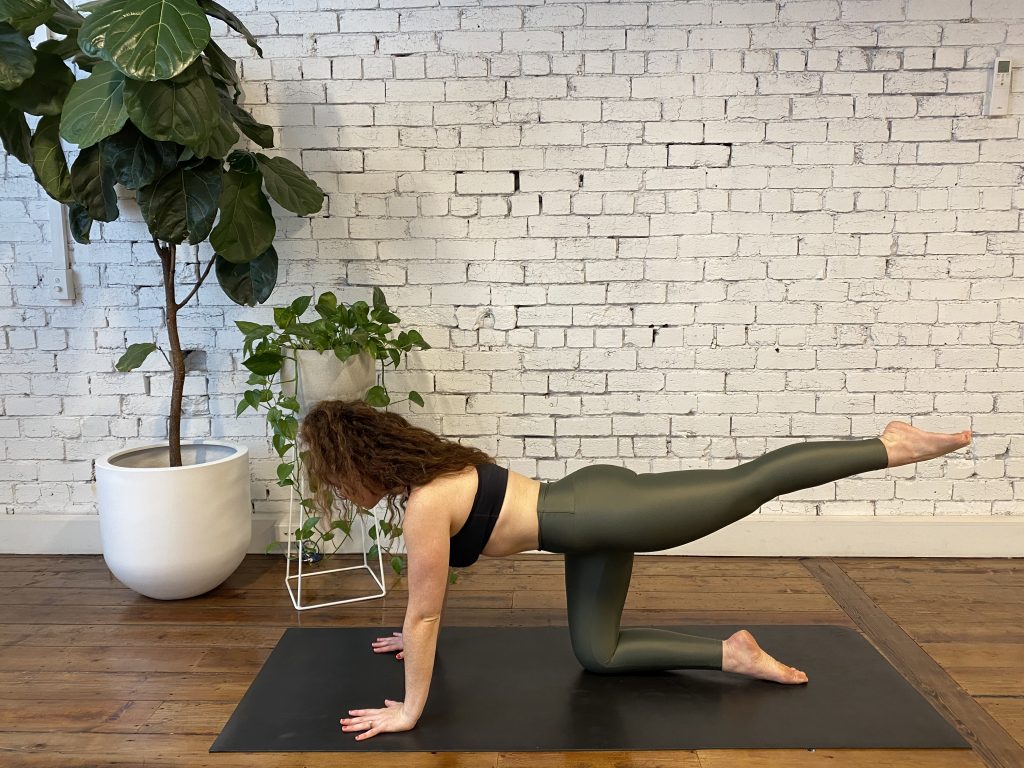
Why is Pilates so great to help people with back pain?
Pilates is a great exercise for people with lower back or general back pain because the movements are a cocktail of strengthening your deep and superficial abdominal muscles and your pelvic floor muscles. Pilates is a low impact form of exercise because it avoids any jarring movements and repeated pounding on your joints and muscles, while the movements strengthen your body. You’ll most notice the results when you’re doing normal day to day activities, where once your back may have felt tight or fragile, it is strong and mobile. Pilates is the perfect exercise for people with lower or general back pain.
We understand that it can be nerve-racking to try to exercise when you’ve not moved in a while and your back feels fragile, so it’s important to find a clinic or Pilates studio that offers clinical pilates with experienced teachers. They will understand how you’re feeling and be able to guide and nurture you on your journey.
If you are worried about your back and it doesn’t feel strong or stable and you find yourself avoiding moving in certain ways or doing some activities, we advise going slowly and building your comfort level, perhaps book in for a few one on one sessions with a teacher before trying a group session.
Sometimes Pilates can help treat issues located elsewhere in the body that may be referring pain to your back. For example, some common issues can be from weakness with the leg muscles or joints which can cause lower back issues. Similarly, any weaknesses from poor posture or prolonged sitting time can restrict the back, hips, and pelvis and can make your back weak, inflamed or prone to injury.
Pilates offers you a full-body range of movements; from side planks, lunges and arm toning movements, to suspended poses, ab workouts, and bodyweight exercises to build strength and stability. Pilates classes offer so many variations, teachers, sequences and dynamic styles – it’s hard to get bored or not find a Pilates class and style to suit exactly what you’re looking for. If you haven’t found it yet – you will.
It’s not just as simple as showing up to class – well, it is for you. For your Pilates teachers, they’re mindful of addressing the dysfunctions in your body like bad habits you may have from your job, lifestyle or an old injury that causes you to move a certain way. By simultaneously addressing these dysfunctions and working with them, your teachers are slowly dismantling unhealthy movement patterns and then they are retraining your body with the correct alignment cues and movement patterns. It’s a slow and steady process.
Pilates classes specifically for back pain will focus on carefully building strength while releasing tension and pressure in areas in the body that are likely causing issues. Basically, Pilates is your antidote to slouching which places so much pressure on your spine.
Several studies from 2005 to 2016 (19 out of 23) have proven that Pilates can help effectively treat and reduce back pain. Often due to an injury, life and bad habits our brains have found a shortcut with movements and may not properly engage muscles when lifting, moving or twisting. This can be a factor in why we feel pain and can even sometimes be the cause of our injuries.
In Pilates classes, while the movements are tackling the symptoms, your classes and sessions go deeper to eliminate the causes of muscle weakness and imbalances. The sequences and cues from your teacher in class help prevent incorrect movement patterns which is why they repeat them and remind you, the little details of your movements matter in retraining your brain and muscle connection.
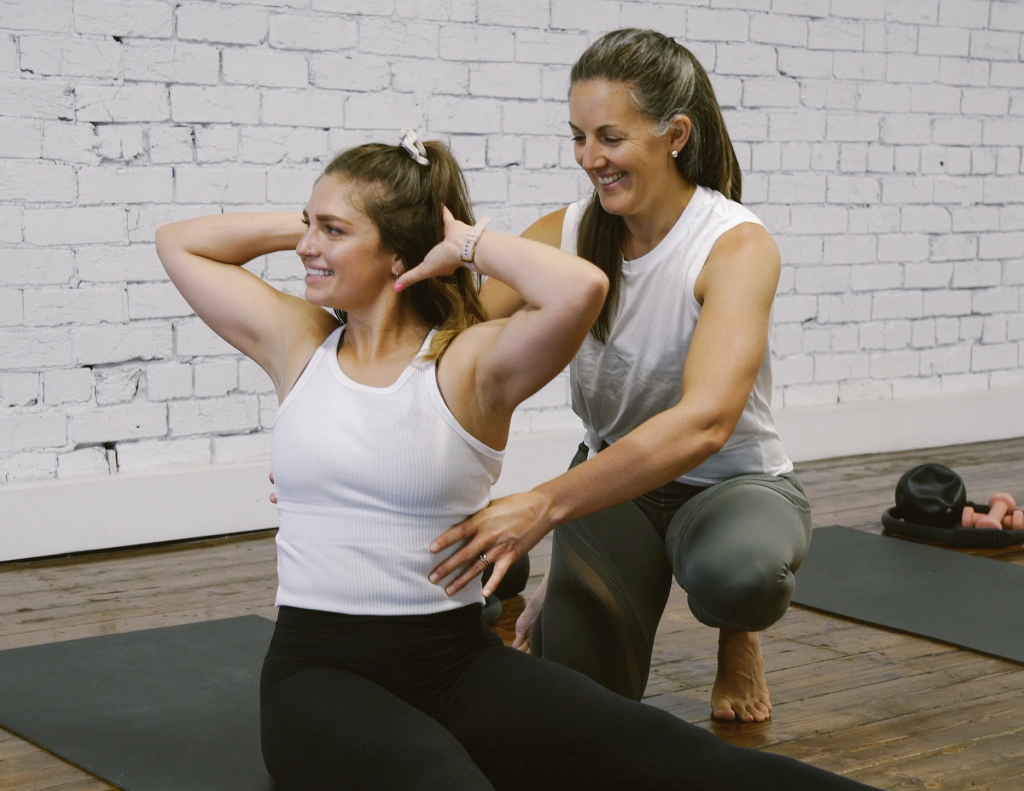
Pilates teachers at Life Ready Studio are always mindful to focus on the areas that are bothering you. A typical full-body pilates class will likely include releasing the typically overactive areas of the body such as the chest, upper shoulders, thoracic spine (upper back) and hip flexor muscles, as well as activating and strengthening the gluteals, abdominal muscles and shoulder stabilisers. We activate these muscles in isolation and progressively work them in more compound and dynamic functional movements; functional means movements you are likely to do during your daily life, like lifting, bending, twisting and reaching.
That’s why some of the simplest movements can feel so challenging for our brains to compute, you feel momentarily uncoordinated. It may be a movement you do a lot in your day, but when you are on the Pilates machine (or the mat) and have been cued to correctly engage different muscle groups to perform the movement, this can be incredibly trying. Stick with it, you’ll get there.
For everyday movements to feel really foreign and challenging is completely normal. The next step is taking the correct movement patterns that you learn in Pilates classes into everyday life with you – like when you go to pick up the shopping or bend down to fetch something from the ground.
Pilates classes that are good for your back will build strength in weak areas and release and stretch tight and stiff areas using multiple approaches. This may include core muscle strength, spine stability, mobilisation, balance, posture improvement while also targeting shoulders, neck and hips.
You do not have to live with back pain. Often with the right guidance and treatment plan, we can minimise the pain and discomfort you’re in, and hopefully, work to reduce it all together to help you on your way towards a strong and healthy back.
Can you reduce back pain with Pilates when you’re pregnant or after giving birth?
Yes, you can reduce back pain with Pilates, even if you’re pregnant or have recently given birth. Pregnancy and childbirth are times of significant change for your body so while it is safe – we always advise that you check with your doctor first.
Pregnant bodies are more elastic than non-pregnant bodies, due to the hormones that are released to help your body shift and prepare for birth. Sometimes the changes during pregnancy or post-birth can lead to back pain and Pilates can help to reduce or manage this discomfort.
The good news is that mums-to-be who regularly exercise their core can expect to experience shorter labours and reduced lower back and pelvic pain. Regular Pilates classes throughout your pregnancy can help speed up the process of getting your body moving again after childbirth. The right kind of supportive exercise, tailored to your body and needs, can help your energy levels and allow you to further enjoy your pregnancy and recover quicker post-birth.
In Our Pilates Classes at Life Ready Studio, we have classes that are focused on reducing or managing back pain:
- We focus on spinal movements, with specific stretches that create mobility in the spine and encourage the segmental movement of each vertebra.
- Studies have shown that activating deeper muscles is likely to exert a stiffening effect on the lumbar region, this helps stabilize the spinal segment and protect your back when you move.
- We help you learn the correct neutral position for your body, plus you’ll learn how to activate different muscle groups along with the correct way to move in and out of positions.
- We teach you how to activate the core and then how to do exercises or movements with a core that’s engaged, again protecting your lower back.
- You’ll learn breathing techniques to encourage a deeper activation of the core. Breathwork also connects you to the present moment and can help you to check-in with yourself.
What is better to reduce back pain, Mat Pilates or Reformer (machine-based) Pilates?
After 6 weeks of mat-Pilates training or 6 weeks using Pilates equipment, such as the Cadillac, Reformer, Ladder Barrel, or Step-chair, participants in the studies indicated similar improvements in both mat pilates and reformer pilates groups. However, after 24 weeks, there was greater improvement in the outcomes of functional ability and (kinesiophobia*) in patients in the equipment-based Pilates groups than in patients in the mat-based Pilates group.
*Kinesiophobia is the fear of pain due to movement. It is a term used in the context of rehabilitation medicine and physical therapy.
This shows that over a longer period of time both mat work and reformer pilates classes are beneficial for reducing back pain, but if you’re looking for sustainable results – reformer pilates has been proven to have a longer-term effect on reducing back pain and symptoms.
The evolution of Pilates
Pilates was initially developed as a rehabilitative tool by Joseph Pilates who was a German gymnast, born in 1883. He dedicated his life to teaching his exercising techniques, believing that poor posture goes hand-in-hand with poor health. He believed that by having awareness of breath and of alignment of the spine, we can strengthen the deep torso and abdominal muscles, and reduce stress.
